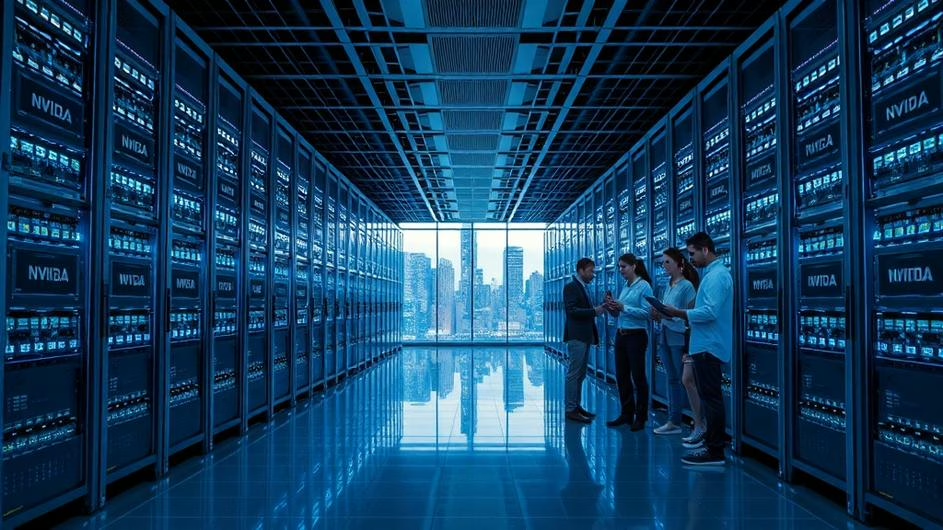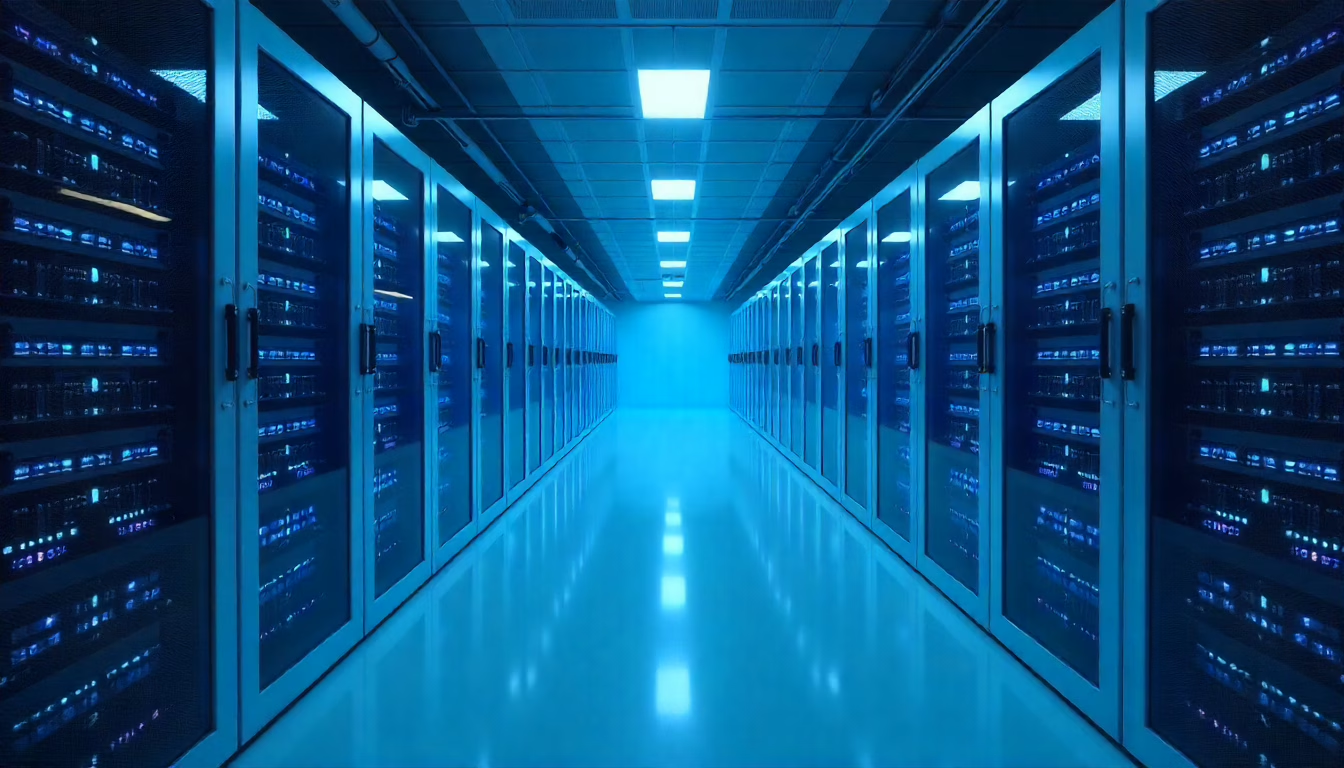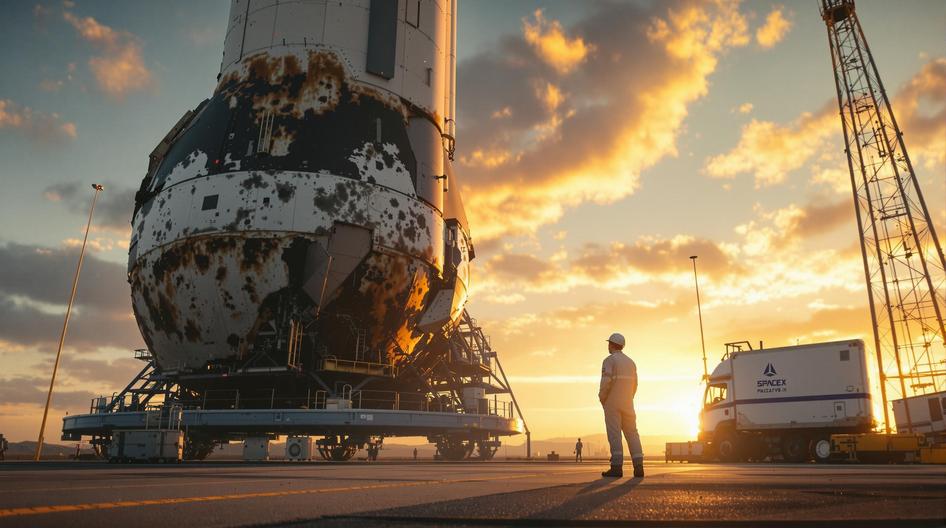
AWS at a Crossroads: Outages, Investment, and the Road to Cloud’s Next Era
Late October 2025 delivered a wake-up call that rippled across the entire tech ecosystem. Amazon Web Services, the backbone powering much of the internet, stumbled twice in rapid succession. Between major outages and billion-dollar infrastructure bets, AWS found itself at the center of conversations about reliability, competition, and the future of cloud computing.
What happened wasn’t just another tech hiccup. It’s a story that touches everyone from crypto traders relying on cloud infrastructure for trading platforms to developers building the next generation of applications.
When the Internet Held Its Breath
Monday morning started like any other until it didn’t. Websites began dropping offline. Apps crashed. The culprit? A rare software bug combined with faulty automation in AWS’s US-EAST-1 region.
If you’re not familiar with AWS geography, US-EAST-1 isn’t just another data center. It’s the digital equivalent of Times Square, handling massive chunks of internet traffic. When it goes down, the effects cascade everywhere.
The technical details matter here. This wasn’t a hardware failure or cyberattack. Instead, it highlighted something more concerning: the complexity of modern cloud systems has reached a point where even Amazon struggles to predict every possible failure mode. Domain name resolution broke down, creating a domino effect that Amazon later apologized for, but the damage was done.
For businesses built on cloud-first architectures, the outage served as an uncomfortable reminder: even the most reliable systems have single points of failure.
Round Two: When Lightning Strikes Twice
Just when everyone thought things had settled down, round two arrived. A week later, outage reports spiked again for the same US-EAST-1 region. AWS quickly pushed back, claiming their systems were running normally and that user reports had jumped ahead of actual incidents.
But perception matters in tech. Microsoft Azure also experienced issues around the same time, creating a perfect storm of anxiety about cloud reliability. For developers and businesses, the question became less about what actually happened and more about what could happen next.
This double-tap scenario exposed something deeper. We’ve built our digital economy on the assumption that cloud giants like AWS and Azure will just work. When they don’t, even briefly, it reveals how concentrated our digital infrastructure has become.
The AI Arms Race Heats Up
While AWS dealt with outage fallout, a bigger battle was brewing. The company that once dominated cloud computing through sheer scale now faces questions about its position in the AI revolution.
Inside Amazon, multiple teams are racing to build AI capabilities. AWS has Amazon Bedrock for AI model hosting. The retail division has its own AI initiatives. Alexa continues pursuing voice AI. It’s innovation, sure, but also potential duplication of effort.
Meanwhile, competitors aren’t standing still. OpenAI’s partnerships with Microsoft have created genuine pressure on AWS’s AI dominance. Industry analysts are starting to question whether AWS’s once-unassailable lead might be slipping.
The stakes couldn’t be higher. AI workloads represent the fastest-growing segment of cloud computing. Companies that can’t deliver compelling AI infrastructure risk being left behind as enterprises reshape their technology stacks around artificial intelligence capabilities.

Betting Big on Asia’s Tech Future
AWS’s response to these challenges? Go big. Really big.
The company just announced a $5 billion investment in South Korean data centers, partnering with SK Group to build what will become the largest AI-focused data center in the country. Construction starts in September 2025, with completion targeted for 2029.
This isn’t just about adding capacity. It’s a strategic play for several reasons. First, it diversifies AWS’s geographic footprint, reducing dependence on any single region. Second, it positions the company squarely in Asia’s exploding AI market. Third, it sends a message to competitors that AWS isn’t conceding any ground.
For businesses operating in Asia-Pacific, this investment promises lower latency and better performance for AI workloads. For AWS, it’s both defensive and offensive, creating new revenue opportunities while building resilience against future outages.
What This Means for the Tech Ecosystem
These October events illuminate broader trends reshaping technology infrastructure. Cloud computing is simultaneously becoming more centralized and more distributed. More centralized because a few giants dominate. More distributed because those giants are building data centers everywhere.
For developers, the lesson is clear: design for failure. Even AWS goes down sometimes. Build redundancy across multiple cloud providers and regions. Don’t assume any single service will be 100% available.
Investors should pay attention to how cloud providers are adapting to AI demand. The companies that can seamlessly integrate AI capabilities into their core infrastructure will capture outsized value as enterprises accelerate their AI adoption.
Crypto and Web3 builders have particular reason to care. Decentralized applications need reliable infrastructure to reach mainstream adoption. When centralized cloud services fail, it highlights the value proposition of truly distributed systems. But it also shows how far we still have to go before decentralized alternatives can match the performance and reliability users expect.
Looking Ahead: Cloud’s Next Chapter
AWS’s October turbulence represents growing pains rather than fundamental failure. The company still commands the largest share of cloud infrastructure spending. Its AI services are gaining traction. The South Korea investment shows continued confidence in long-term growth.
But competition is intensifying. Microsoft’s AI partnership with OpenAI continues paying dividends. Google Cloud is making inroads with AI-native companies. Smaller providers are carving out niches in edge computing and specialized workloads.
The real question isn’t whether AWS will remain a major player. It will. The question is whether any single cloud provider should control as much digital infrastructure as AWS currently does. Recent outages suggest the answer might be no.
For the broader tech ecosystem, this points toward a more distributed future. Not just geographically distributed, but distributed across providers, technologies, and architectures. The companies that adapt to this reality first will have significant advantages.
AWS’s crossroads moment reflects the entire industry’s evolution. Cloud computing is maturing from a cost-saving technology into the foundation for AI, automation, and digital transformation. The stakes are higher, the competition fiercer, and the margin for error smaller.
How AWS navigates these challenges will influence everything from edge computing adoption to the speed of AI innovation across industries. For now, the cloud giant is betting big on geographic expansion and AI capabilities. Whether that’s enough to maintain its dominance remains the trillion-dollar question.
Sources
- “Amazon apologises to customers impacted by huge AWS outage” – BBC, October 23, 2025
- “AWS piles further $5bn into South Korean data centres” – Total Telecom, October 29, 2025
- “Is Amazon’s once-dominant cloud business losing its edge in the AI race?” – Los Angeles Times, October 27, 2025
- “Amazon Web Services outage reports spike just a week after major disruption caused chaos” – New York Post, October 29, 2025
- “How the AWS outage happened: Amazon blames rare software bug and ‘faulty automation’ for massive glitch” – GeekWire, October 23, 2025






























































































